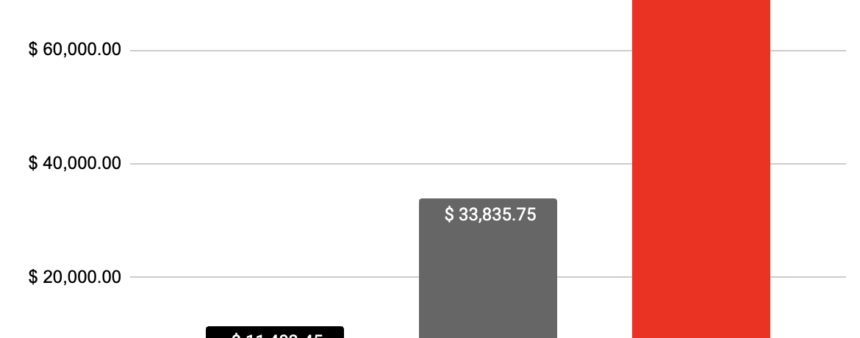
In addition to pretax contributions, your plan also accepts Roth contributions. You can make either or both types of contributions to the plan.
After-tax contributions, tax-free distributions
When you make Roth contributions, you pay federal and, if applicable, state and local income taxes on the contributions when they are deducted from your paycheck. Distributions from your Roth plan account are tax-free, provided certain requirements are met as explained below.
Important note
For more information about Roth contributions, please contact your financial professional. Remember your retirement savings strategy is unique — you should consider consulting your tax advisor to discuss how both types of contributions would apply to your personal financial situation.
Tax-free earnings potential
Distributions of any investment earnings on your Roth 401(k), 403(b) or 457(b) contributions are also tax-free if the distribution occurs when you are age 59½ or older (or upon your death or disability) and is made 5 or more years after the year in which you made your first Roth contribution. Distributions meeting these requirements are referred to as qualified distributions.
You might have to pay federal and, if applicable, state and local income taxes on any investment earnings distributed from your Roth account. A 10% federal tax penalty may also apply (exceptions are available for distributions made for a first-time home purchase up to $10,000, hardship distributions and health insurance premiums.)
Other important facts about Roth 401(k) contributions:
Your combined pretax and Roth contribution limit cannot exceed $22,500 ($30,000 for employees age 50 and older) in 2023.
Eligible Roth 401(k) distributions may be rolled over to any 401(k), 403(b) or governmental employee 457(b) plan that accepts Roth rollover contributions, or to a Roth IRA.
You may change your future contribution elections between pretax and Roth as defined by the plan’s rules
No RMD is required if the account is rolled over to a Roth IRA before RMD payments must start.
A comparison of 401(k), 403(b), 457(b) pretax and Roth contributions
Feature
Pretax contributions
Roth contributions
Employee
contributions
Pretax dollars
After-tax dollars
Investment earnings on employee contributions
Potentially tax-deferred growth
Taxable when withdrawn unless a qualified distribution (both 5 years of participation in Roth account and at least age 59½,
at death or disabled)
Distribution prior to
age 59½
Ordinary federal and state income taxes, plus a 10% federal tax penalty on the
entire balance
Ordinary federal and state income taxes, plus a 10% federal tax penalty on earnings only
Tax treatment of
distributions after
age 59½
- Ordinary income tax will apply to all amounts distributed (contributions and earnings)
- State income tax and withholding may
also apply
- Contributions and earnings: tax-free if distribution
occurs no earlier than 5 years following the initial
Roth contribution - Ordinary income tax will apply only to earnings
if a 5-year participation period and one of the
three applicable Roth-qualifying events
are not met (age 59½, death or disability) - State income tax and withholding may also apply
Eligible distributions
can be rolled over
Yes
Yes
Contribution limits
$22,500 in combination of both sources, or $30,000 if age 50 or older during the plan year
$22,500 in combination of both sources, or $30,000
if age 50 or older during the plan year
Required minimum
distributions (RMDs)
Later of age 72 or separated from employment with sponsoring employer if not 5% owner
- Later of age 72 or terminated from employment with sponsoring employer if not 5% owner
- Ability to roll over qualified distribution to Roth IRA where no RMD requirement applies if rollover occurs before RMD is required under the plan





